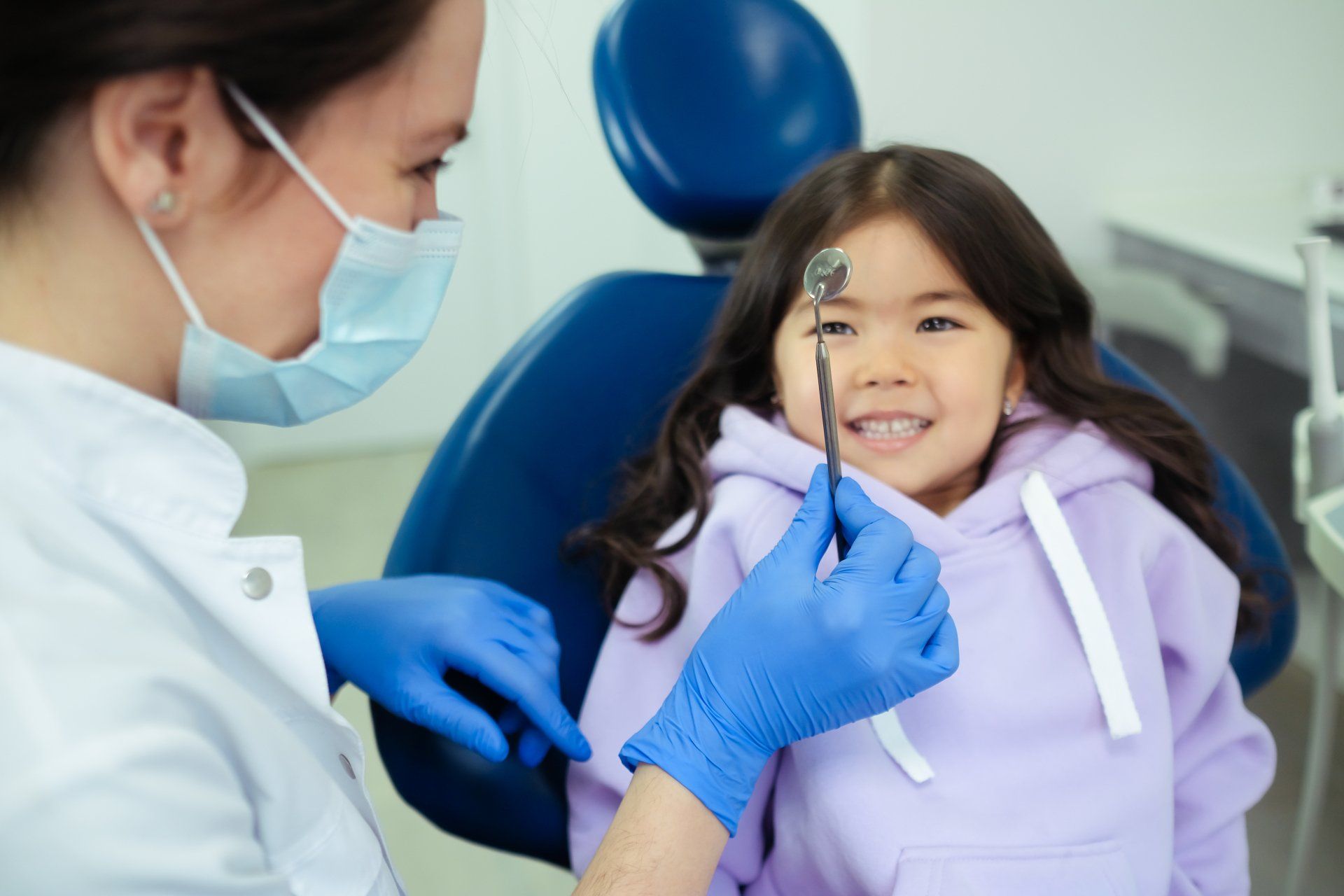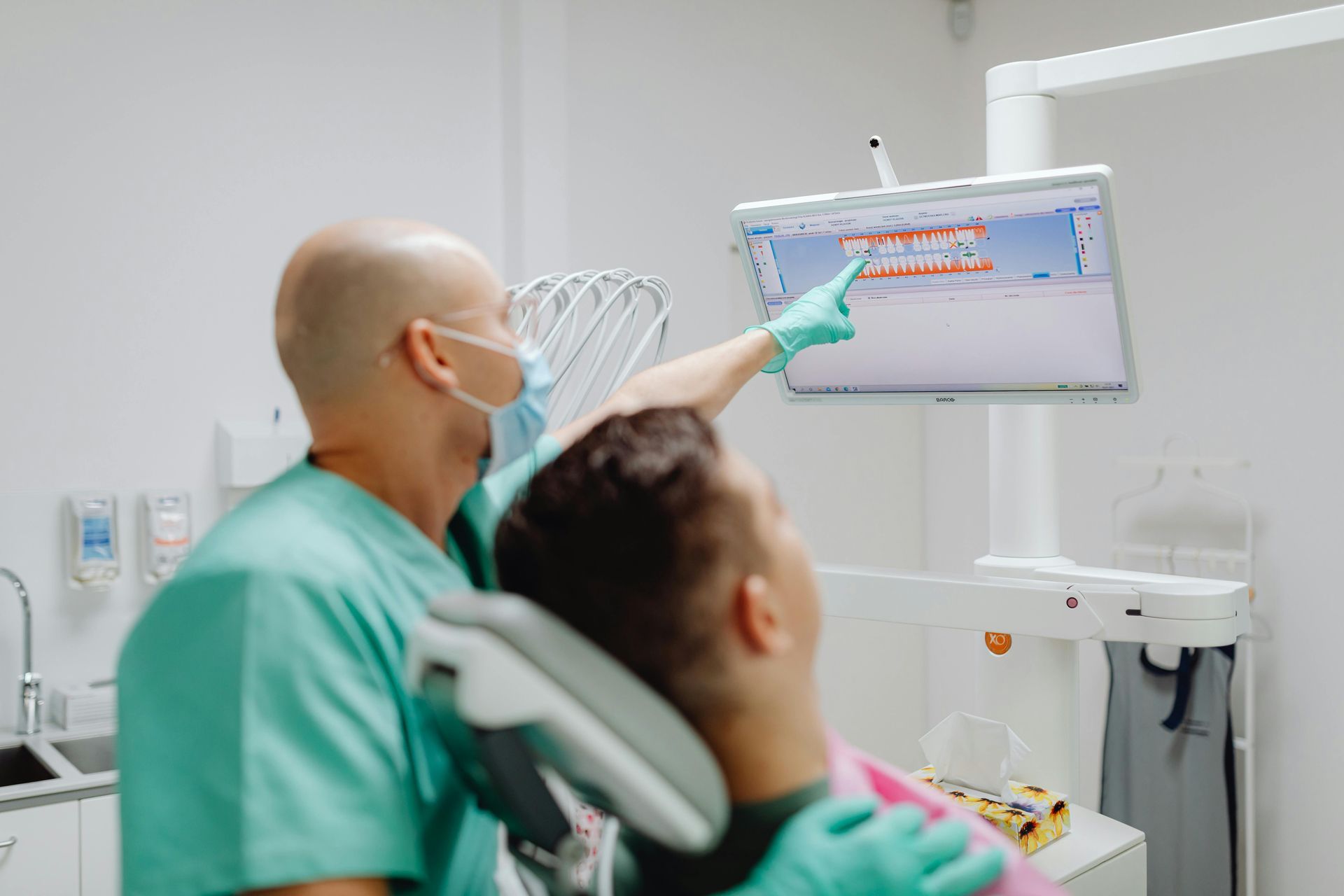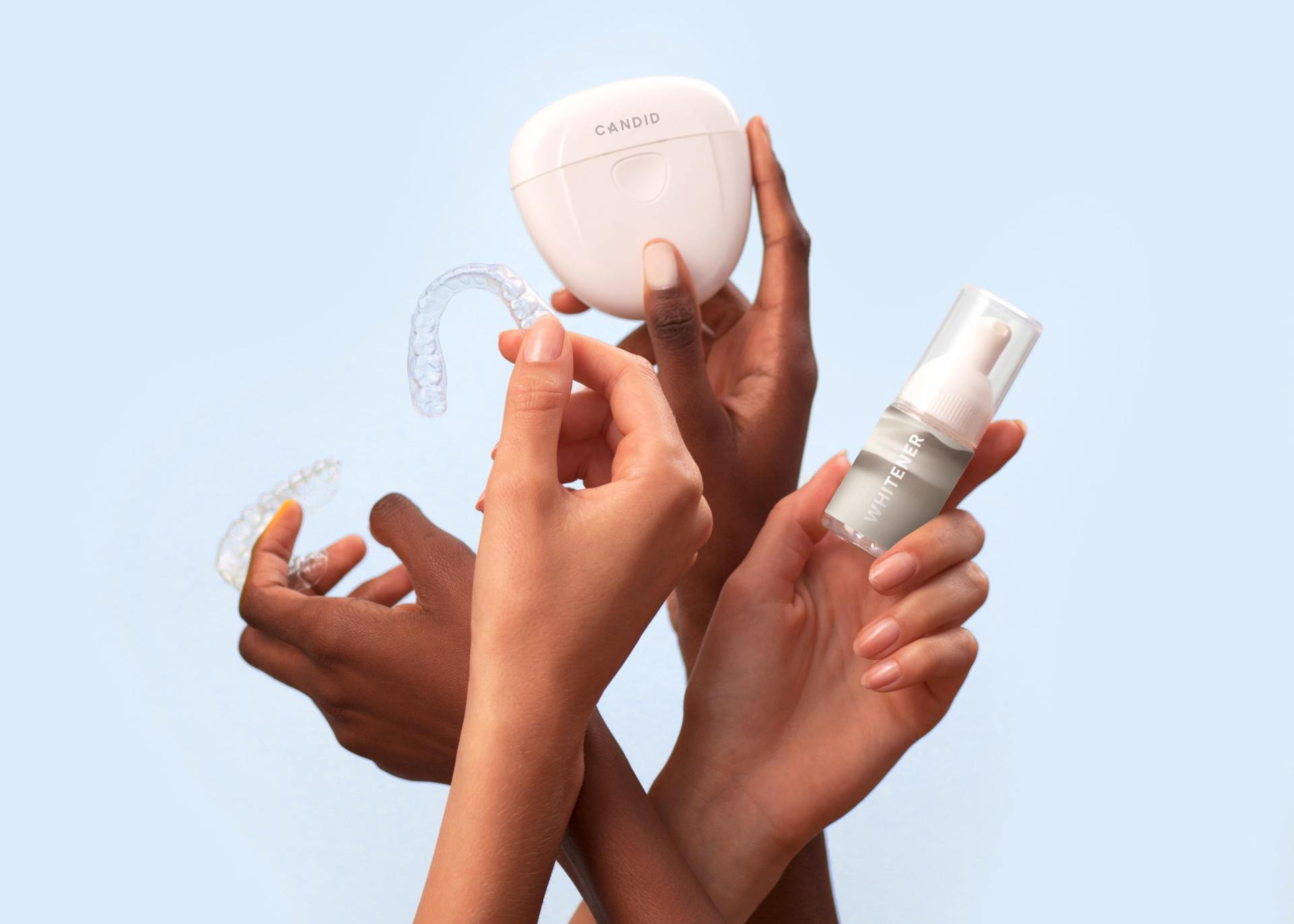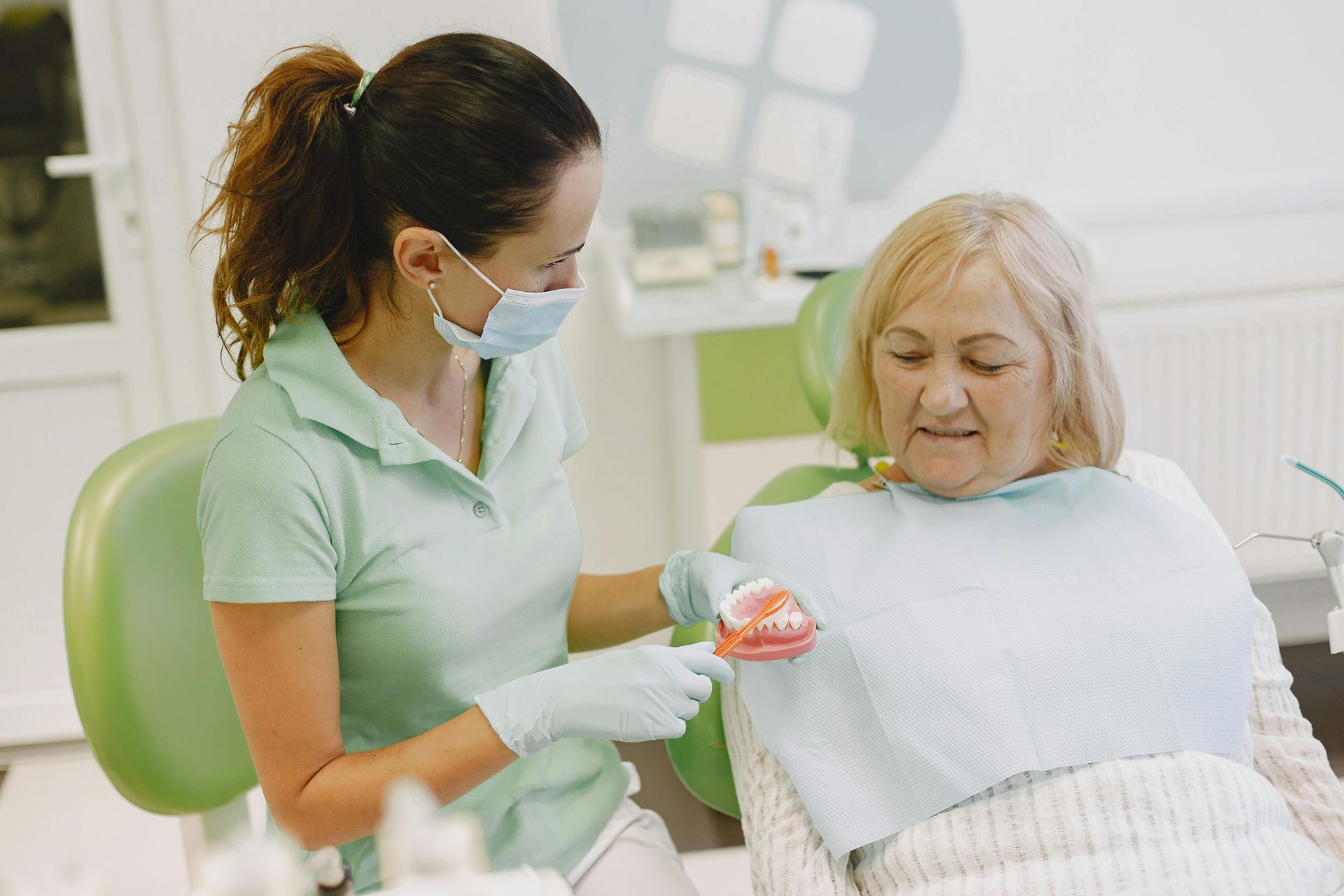Transforming Smiles: The Impact of Cutting-Edge Dental Technologies
Overview of Dental Technologies
Dental technology has significantly evolved to enhance the quality of care and patient experiences in dental practices. With cutting-edge technologies like digital imaging, laser dentistry, and digital impressions, dental professionals can offer more precise and efficient treatment options. Intraoral scanners allow for accurate digital impressions, reducing discomfort and improving treatment outcomes.
Artificial intelligence plays a pivotal role in the field of dentistry by aiding in treatment planning and improving diagnosis accuracy. Advanced technology such as 3D printing enables the creation of customized dental implants and prosthetics, offering tailored solutions for patients. This technological innovation ensures better patient outcomes and elevates the standards of dental care.
Moreover, digital dentistry has revolutionized how preventive care is administered. By incorporating digital technology into daily practices, dental professionals can more effectively monitor and treat dental disease before it progresses. As the future of dentistry continues to embrace these innovations, the emphasis remains on improving oral health and delivering superior patient care consistently. Through these advancements, dental treatments become not only more effective but also more accessible, setting a new benchmark for the field.
Digital Dentistry and Its Benefits
Digital dentistry is revolutionizing dental practices by integrating advanced technologies to improve patient care. Technologies like intraoral scanners, digital imaging, and 3D printing enable dental professionals to offer more precise and efficient treatments. These technological innovations contribute to better patient experiences and outcomes, as they allow for customized and effective dental care solutions.
Enhanced Accuracy in Diagnoses
The integration of digital tools enhances accuracy in dental diagnoses by providing detailed and high-resolution images of oral structures. Artificial intelligence assists dental professionals in identifying issues that might be missed through traditional methods. These advancements lead to more accurate treatment planning, minimizing the risk of misdiagnosis and ensuring optimal oral health care.
Streamlined Treatment Processes
Digital technology streamlines dental treatments by reducing the time needed for procedures and improving their reliability. For example, digital impressions eliminate the need for physical molds, making the process quicker and more comfortable for patients. Technological innovations like 3D printing allow for the rapid creation of dental implants and prosthetics, ensuring a swift and efficient transition from diagnosis to treatment.
3D Printing in Dentistry
3D printing is transforming dental technology by offering precise and rapid production of dental prosthetics. This cutting-edge technology is utilized to create a wide range of dental products, from crowns and bridges to aligners and dentures. By providing a seamless integration within digital dentistry, 3D printing enhances both the patient experience and treatment outcomes.
Custom Dental Solutions
With 3D printing, dental practitioners can create custom-fitted solutions tailored to individual patient needs. Digital impressions captured by intraoral scanners are used to design dental models, ensuring high accuracy and comfort. This customization leads to better fitting prosthetics and improved oral health outcomes, significantly enhancing the quality of care provided to patients.
Efficiency in Manufacturing
3D printing accelerates the manufacturing process in dental practices, reducing the time required to produce dental appliances. By minimizing labor-intensive processes, it streamlines production, allowing for swift delivery of dental solutions. This efficiency not only improves patient care by shortening wait times but also optimizes the workflow for dental professionals, freeing up resources for additional treatment options and preventive care.
Role of Artificial Intelligence in Dental Care
Artificial Intelligence (AI) is revolutionizing the field of dentistry by enhancing diagnostic accuracy and improving patient care. With the integration of AI, dental practices are capable of offering more precise and personalized treatment plans. This not only improves patient outcomes but also elevates the quality of care provided by dental professionals.
AI Diagnostics and Treatment Planning
AI systems enhance diagnostic capabilities by analyzing dental images with high precision. They can detect dental diseases such as cavities, gum disease, and even early signs of oral cancer that might be missed by the human eye. Additionally, AI aids in treatment planning by using data-driven insights to recommend the best treatment options, ensuring patients receive optimal care tailored to their specific needs.
Automation and Workflow Improvement
Automation through AI streamlines dental office workflows, reducing administrative burdens on dental professionals. Tasks such as appointment scheduling, patient records management, and even routine follow-up reminders can be automated, allowing dental teams to focus more on direct patient care. This improvement not only boosts efficiency but also enhances the overall patient experience by minimizing wait times and improving access to dental services.
Laser Dentistry: Improving Treatment Outcomes
Laser dentistry has revolutionized the field of dentistry by offering precise and effective treatment solutions. This innovative technology uses focused light energy to target damaged or diseased tissue, minimizing the impact on surrounding areas. The precision of laser treatment often results in improved patient outcomes, with less collateral damage to healthy tissues during procedures.
Minimally Invasive Techniques
Laser dentistry provides a less invasive alternative to traditional dental treatments. By using lasers, dental professionals can perform procedures with minimal discomfort and reduced need for sutures. This approach greatly benefits patient care, as it promotes faster healing and reduces the risk of infection and complications.
Pain Management and Recovery Times
One of the key advantages of laser dentistry lies in its ability to manage and alleviate pain during and after procedures. By reducing tissue trauma, lasers help minimize swelling and bleeding, which are common sources of pain. Consequently, patients experience shorter recovery times and often require less medication post-treatment, enhancing the overall patient experience and satisfaction.
Preventive Dentistry Innovations
Preventive dentistry has evolved significantly with the advent of new technologies designed to enhance oral health and reduce the risk of dental diseases. Advanced technology in dental care emphasizes early detection and prevention, which ultimately improves patient outcomes. Through innovations such as smart toothbrushes and intraoral cameras, dental professionals can offer more comprehensive care and significantly enhance patient experiences.
Smart Toothbrushes for Better Oral Hygiene
Smart toothbrushes represent a leap forward in the field of dentistry by incorporating technology to monitor and improve brushing habits. Equipped with sensors and Bluetooth connectivity, these devices provide real-time feedback on brushing techniques and even track oral hygiene progress. This data helps patients adopt better brushing habits, optimizing their dental health through consistent, accurate, and thorough cleaning routines.
Intraoral Cameras for Patient Education
Intraoral cameras have transformed patient education by offering a detailed view of dental conditions. These tiny cameras allow dental professionals to project images of a patient's mouth onto a screen, making it easier to explain treatment plans and dental conditions. By visually engaging patients, these cameras improve understanding and encourage proactive involvement in their own oral health care, leading to better overall outcomes.
CAD/CAM Technology in Dental Practices
CAD/CAM technology, which stands for Computer-Aided Design and Computer-Aided Manufacturing, is revolutionizing dental practices by streamlining the design and production of dental prosthetics. This advanced technology allows for precise customization, resulting in better-fitting and more effective solutions. The integration of CAD/CAM in dentistry has enhanced the efficiency and accuracy of producing crowns, bridges, and other restorations, significantly improving treatment outcomes and patient satisfaction.
Designing Custom Crowns and Bridges
The process of designing custom crowns and bridges using CAD/CAM technology involves capturing digital impressions of a patient’s teeth, thereby eliminating the discomfort and inaccuracy often associated with traditional impressions. These digital scans are then used to create a 3D model, which allows dental professionals to plan and fabricate the prosthetic with high precision. This technology ensures that the final product fits the patient’s dental anatomy perfectly, enhances comfort, and improves the longevity of the dental restoration.
Integrating Patient Preferences and Needs
One of the major benefits of CAD/CAM technology in dental practices is its ability to incorporate patient preferences into the design process. Patients can be actively involved in choosing materials, colors, and design characteristics that cater to their aesthetic and functional needs. This customization not only enhances the quality of care but also elevates patient experiences by providing personalized and satisfactory treatment options. By aligning technological innovation with individual patient requirements, dental professionals can offer superior and tailored dental care.
Future Trends in Dental Technologies
The field of dentistry is undergoing rapid transformation thanks to technological innovation. Advanced technology is revolutionizing dental practices and is expected to shape the future of dentistry. From Artificial Intelligence (AI) enhancing diagnostics to 3D printing streamlining dental treatments, these cutting-edge technologies are improving both treatment outcomes and the quality of care. Digital technology, such as intraoral scanners and digital imaging, allows for precision in treatment planning and creates new treatment options for dental professionals.
Emphasis on Patient Experience
Dental technology is increasingly centered around enhancing patient experiences. Digital impressions eliminate the discomfort of traditional molds, offering a more efficient and pleasant procedure for patients. Additionally, laser dentistry allows for less invasive treatments, reducing pain and recovery time while improving patient outcomes. With these developments, dental care is becoming more patient-friendly, emphasizing preventive care and offering personalized, efficient services tailored to individual needs.
Tech-Driven Oral Health Initiatives
Tech-driven initiatives are at the forefront of improving oral health on a broader scale. AI-powered diagnostics help in early detection of dental disease, allowing for timely intervention and better patient outcomes. Digital dentistry tools, including 3D printing and digital imaging, play a crucial role in treatment planning and execution, leading to more accurate and effective dental treatments. As digital technology continues to evolve, dental professionals are well-equipped to enhance preventive care and address complex dental health issues efficiently.
Conclusion: The Transformative Role of Technology in Dentistry
The transformative role of technology in dentistry has ushered in a new era of patient care and treatment outcomes. Advanced technologies such as digital imaging, laser dentistry, and intraoral scanners have become integral to modern dental practices, offering precise diagnostics and improving quality of care. These innovations have enabled dental professionals to perform more efficient and effective treatments, reducing chair time and enhancing patient experiences.
The integration of digital impressions and 3D printing supports customized dental treatments, particularly in the creation of dental implants and other restorative solutions. Additionally, artificial intelligence aids in treatment planning by analyzing data for accurate diagnoses, paving the way for improved patient outcomes.
As digital dentistry evolves, the emphasis on preventive care becomes stronger, striving to anticipate dental diseases before they develop. This technological innovation not only improves oral health but also redefines the future of dentistry. Overall, embracing these cutting-edge technologies promises to continuously improve both patient care and dental health across the field.
At Don River Dental we give you the best tips . If you are experiencing any symptoms or pain please feel free to call us at (416) 901 - 9292 and someone from our team will be happy to answer any questions and schedule an appointment as soon as possible. We offer safe soothing dentistry in North York.












